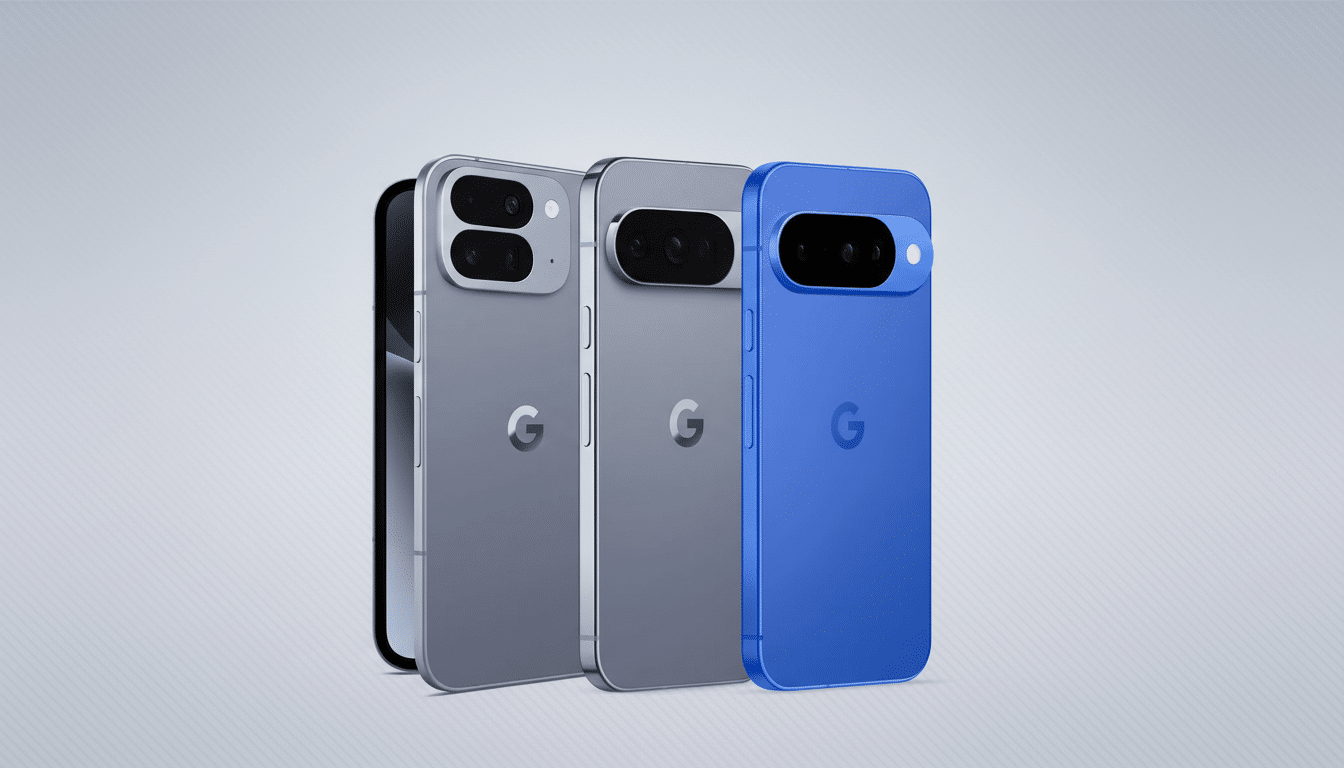In a significant move toward reducing the friction between mobile platforms, Google has made Quick Share support Apple’s AirDrop, beginning with Pixel 10. The update allows the movement of photos, videos, and files between Apple’s iOS and Android devices without having to rely on messaging apps, cables, or cloud links.
What Was Changed and Where the Pixel Rollout Starts
The first stage of the rollout is for Pixel 10 phones, and will support transfers to and from iPhone, iPad, and macOS devices. More Android device support will come, and the latter is a harbinger of an even bigger shift to cross‑platform convenience in the aftermath of years of ecosystem lock‑in determining day-to-day workflows.

To do so, the iPhone user of today must set AirDrop to “Everyone for 10 Minutes,” Apple’s time‑limited discoverability mode. With that turned on, it’s possible for a Pixel 10 device to discover the iPhone over Quick Share and share files, and perhaps more critically versus its one-way nature — iPhone can send files to Pixel as well but only when the Pixel is set to be found.
Google is at pains to emphasize this is a first step; the company says it would like to collaborate with Apple in making possible a “Contacts Only” mode, which would streamline sharing while preserving privacy. That would be the real endgame for what I want to use every day, since it removes an extra settings toggle on iOS.
How Cross-Platform Transfers Work Between Devices
On a technical level, they both depend on short‑range discovery over Bluetooth followed by the direct, peer‑to‑peer establishment of a fast Wi‑Fi connection. Google adds that this is not a workaround to the cloud, since content is always shared from one device to the other and never through any server in between.
Security posture matters here. According to Google, the feature was vetted by independent security researchers, and it shows device names in the pairing flow so people can verify that they’re sending to the correct person. Apple’s time‑boxed “Everyone for 10 Minutes” setting — a feature aimed at reducing drive‑by spam — turns the screw yet another practical notch.
In the best circumstances, peer‑to‑peer Wi‑Fi can move large files far more quickly than cloud uploads. That’s important for real‑world situations, whether it involves coaches exchanging multi‑gigabyte 4K highlight reels on the sideline, wedding photographers transferring RAW files, or reporters passing video in the field without a stable network.
Setup Steps and Current Limitations to Know
On iPhone: open the Control Center, tap AirDrop, and select “Everyone for 10 Minutes.” Make sure your Bluetooth and Wi‑Fi are turned on. On Pixel 10: open and select share, choose the nearby iPhone or Mac and confirm the device before hitting send. For Pixel receive, make your device discoverable under Quick Share settings.

- On iPhone: Open Control Center, tap AirDrop, and select “Everyone for 10 Minutes.” Ensure Bluetooth and Wi‑Fi are turned on.
- On Pixel 10: Open Share, choose the nearby iPhone or Mac, confirm the device, then send.
- To receive on Pixel: Make your device discoverable under Quick Share settings.
There are caveats. Findability on iPhone automatically times out after 10 minutes, so re‑enabling may be required for repeat transfers. If you’re in a corporate or school environment, it’s very possible that your administrator has AirDrop — and the ability to share local files via AirDrop — disabled by device management policy. Transfer speed may vary based upon the hardware, radio conditions, and power consumption.
- iPhone discoverability times out after 10 minutes; re‑enable as needed for repeat transfers.
- In corporate or school environments, device management policies may disable AirDrop and local file sharing.
- Transfer speed varies with hardware, radio conditions, and power consumption.
Why This Cross-Platform Sharing Update Matters
Cross‑platform file sharing solves a daily wrinkle that you have to deal with. Android and iOS combined comprise about the entirety of smartphone share, upwards of 70%-ish global for Android and nearly all of the rest for iOS per venerable ship/installed base estimates from companies like IDC or Counterpoint Research. That divide is what makes smooth handoffs a quality‑of‑life upgrade for mixed‑device households, classrooms, and workplaces.
The move also dovetails into a larger trend toward interoperability. Google has advocated for improved messaging interoperability based on Rich Communications Services (RCS), including a commitment to work with others around RCS, and has added browser integration features such as cross‑platform support for unknown tracker reporting. In Apple’s case, the AirDrop time‑limited discoverability is a safety focus, but at least part of it seems to largely be feature simplicity. I think adopting a “Contacts Only” stance would be a sensible next milestone that maintains usability of the service while giving more control to the user.
Enterprises stand to benefit, too. In the world of bring‑your‑own‑device, it’s not unusual for employees to have an iPhone in one hand and a laptop based on Android or vice versa — an Android phone and a MacBook. Peer‑to‑peer transfers break the traditional dependence on email attachments, temporary cloud links, or USB drives — all of which can be slower, less secure, or harder to audit.
What Comes Next for Quick Share and AirDrop
Support will extend beyond the Pixel 10, Google says — presumably through regular Android and Play Services updates that provide features without having to do a full OS upgrade. The question is whether Apple and Google can work together toward a tighter integration that allows “Contacts Only” and puts spammers in check.
For now, Pixel 10 users get a slick, well‑secured conduit to the Apple ecosystem; iPhone owners get an easy way for shipping files back and forth with Android. It’s a minor settings tweak with huge ripple effects — the kind of thing you don’t see happen much inside walled gardens, and that when it does happen, can make regular ol’ tech feel a little less maddening.

